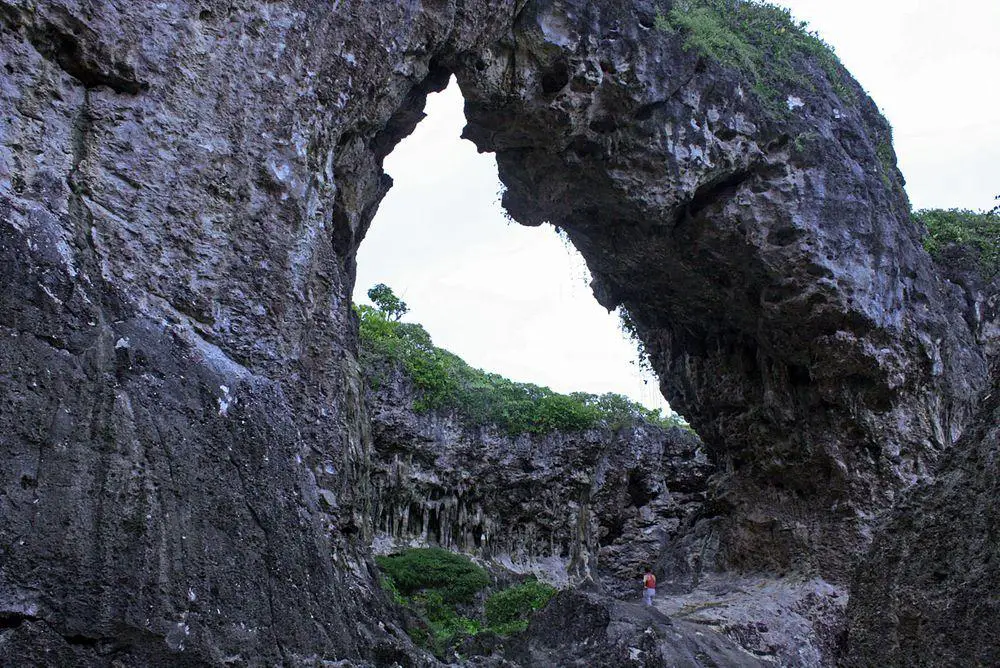World 🢖 Australia and Oceania 🢖 Polynesia 🢖 Niue
Natural arches 🢔 Rock formations 🢔 Geological wonders 🢔 Categories of wonders
Wonder
Talava Arches and Caves
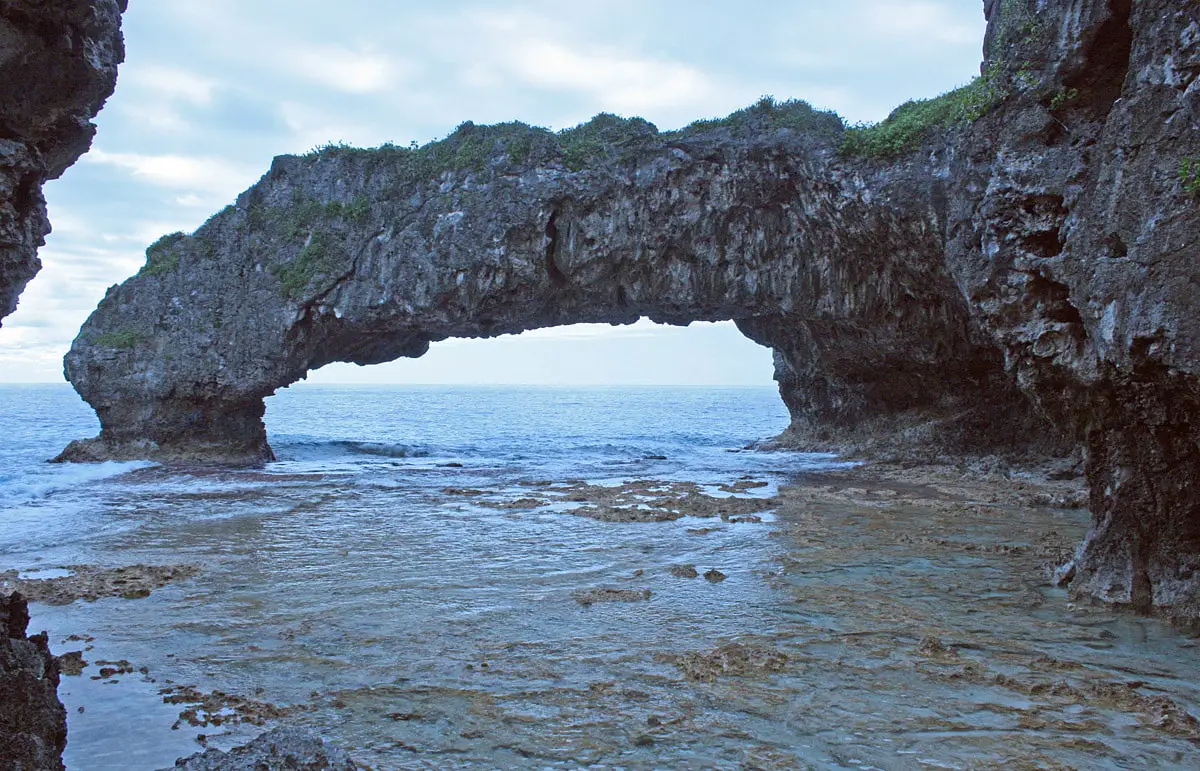
 In short
In short
The coastline of Niue is adorned with unique geological landmarks – chasms – which closer to the sea turn into beautiful caves and finally open towards the sea. Possibly the most amazing formation of this kind is Talava Arches and Caves in the northern part of this small island country.
 41.3%
41.3%
GPS coordinates
Location, address
Alternate names
Map of the site
If you see this after your page is loaded completely, leafletJS files are missing.
 In detail
In detail
Karst processes in Niue
Volcano and coralls
Niue has formed on a volcano rising almost 4,000 m from the bed of the ocean. It is capped with some 400 m thick layer of Miocene – Pliocene carbonates mostly formed by corals. Island rises up to 70 m high above the sea.
Disappearing rainwater
Coast of Niue represents an abrupt cliff – it is constantly washed out by sea waves. But, contrary to similar basalt or granite cliffs, there are no streams falling over the edge in the ocean. Such streams disappear in numerous cracks and seep of carbonate rock well before the coast.
As a result, there are no surface streams on Niue – even after heavy rainfall on few minutes the land is dry.
As time goes many seeps become wider and more and more water is diverted to them. Finally, there forms a chasm or cave. Caves over time become larger and larger and finally, the ceiling collapses in some places (sinkhole) or wholly (chasm). Often natural rock bridges over the chasm remain. Hard water from the smaller seepages is depositing lime along the walls of these larger caves and as a result, there form beautiful speleothems: stalactites, stalagmites, and others.
Caves meet ocean
The cave streams of Niue inevitably reach the ocean. Ocean also takes an active part in cave formation. First: the powerful waves wash out the cave entrance. Second: waves cause sharp, constant air pressure changes in the cave. Sometimes the rocks are literally blown out through the cracks. Third: the salty water facilitates dissolution of carbonates.
Such processes are observed along the whole coast of Niue – here have formed hundreds of chasms and caves, numerous natural arches and blowholes.
Showroom of karst processes
Possibly the best and most impressive place to see all these processes is Talava Caves and Arches.
Cave
This amazing natural landmark starts as a cave – a beautiful cave with numerous stalactites and other dripstone formations. This cave has one exit towards the sea (dangerous when the sea is rough) and another – towards a large sinkhole.
Sinkhole
The sinkhole is some 35 m long and up to 16 m wide, depth is around 20 m. It represents a section of a collapsed cave – there still are entrances into several smaller caves from it. Amazing features of this sinkhole are two natural arches – one is 15 m wide and 14 m high, another – 15 m wide and 8 m high.
Talava sinkhole represents one of the most magnificent sights in Niue. The bottom of this formation is covered with green plants. Walls are adorned with flowstone and resemble a weird sculptural artwork in the style of H.R. Giger. It is hard to imagine a more suitable place for making movies about dragons or dinosaurs. Sensations are supplemented by the sound of nearby waves.
Natural arch in the sea
After crossing the bottom of the sinkhole one can reach the sea with the last and possibly best geomorphological wonder of this site: the third-largest natural arch. This is 35 m wide, 8 m high, and some 9 – 12 m broad natural arch standing with one leg into the sea. It is hard to say how long it will last against the power of waves – but sooner or later it will collapse.
References
- Natural Arch and Bridge Society. Accessed 10.01.11.
- Portal Oceania, Talava Arches & Caves. Accessed 11.01.11.
 Linked articles
Linked articles
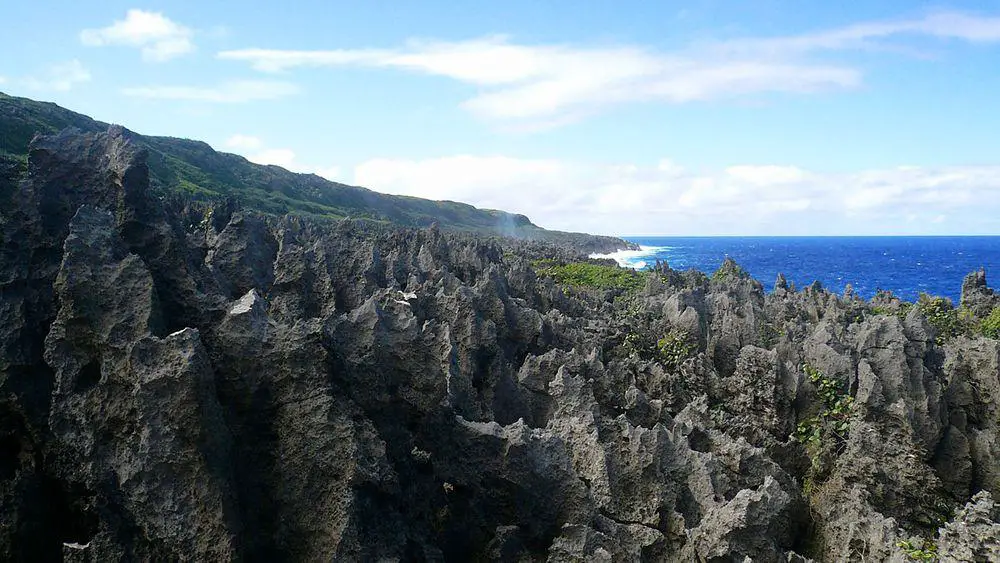
Wonders of Niue
Niue is one of the largest coral islands in the world – 260 km2 large. Here is no tourist hotspot – in fact, this island is experiencing unprecedented emigration – but, nevertheless, this is a tropical island with lots of charms.
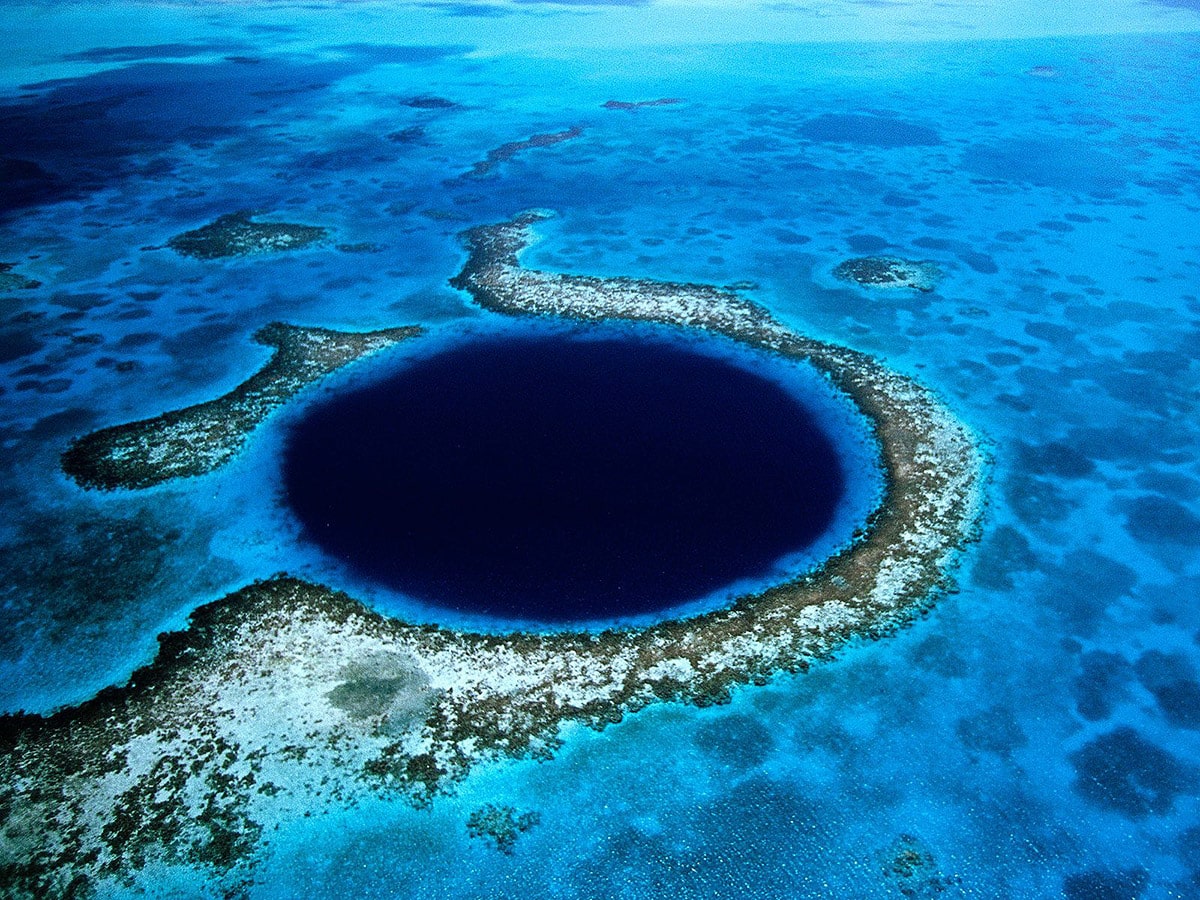
Sinkholes
This category includes outstanding sinkholes – large natural depressions or holes, which for most the part represent collapsed caves.
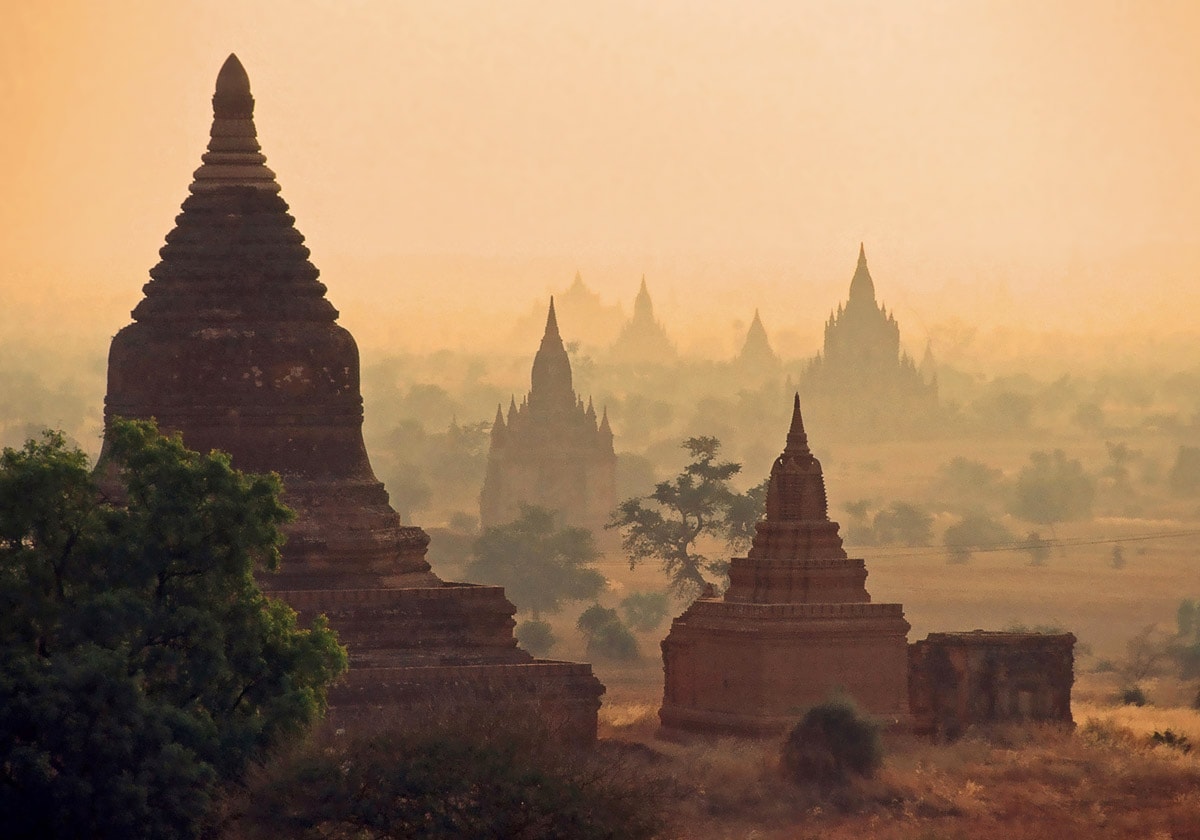
Wonders of Asia
Any other continent (and part of the world) seems small if compared to Asia. This refers also to natural and man-made heritage: in Asia are not just thousands of great landmarks, there are found landmarks created by thousands of diverse cultures from ancient Phoenicians to the mysterious small people in the Philippines and eastern islands of Indonesia.
 Recommended books
Recommended books
Niue: A History of the Island
This is the story of Niue, the world’s smallest self-governing nation, written by leading citizens of the country itself. The book outlines the origins and early history of a vigorous Polynesian people, and the changes which have come about as the result of contact with Christianity, commerce, and colonial government. The authors then describe the move towards independence, the situation in Niue today, and the prospects for the future.
Geomorphological Landscapes of the World
Physical landscapes are one of the most fascinating facets of our Planet, which tell stories about the evolution of the surface of the Earth. This book provides up-to-date information about the geomorphology of the selected ‘classic’ sites from around the world and shows the variety of geomorphological landscapes as molded by different sets of processes acting over different timescales, from millions of years to days.

